After many months spent fighting monsters and braving perilous dungeons, the BBEG has been defeated and your campaign has come to an end.
It’s a bittersweet thing, really.
On one hand, your group is probably already getting excited about the next campaign.
But it’s completely expected to not quite be ready to say goodbye to the story that you’ve been building together for the last countless hours.
To address this, something I started doing in my games is having a type of Cool-Down Session or Campaign Aftercare.
This has been so useful and fun for my groups.
It’s a way to celebrate the story that we’ve all told together, close up loose ends, and approach our next campaign with clear heads.
So today, I’m sharing with you what goes into this kind of Campaign Aftercare cool-down session so that you can implement it in your own game.
What Is Campaign Aftercare?
Campaign Aftercare can best be described as a type of “wind down” to the story that you and your group have just told.
I started using this in my own groups after watching Critical Role’s Season 1 Campaign Wrap-Up. This was especially an opportunity to answer fans’ questions about the campaign. However, it also allowed the players to relive those epic moments from their game while also learning more about what was happening “behind the scenes.”
And that’s what this is all about!
It’s the epilogue of the story just as much as it is a celebration of everything that happened in that campaign. Reliving the highs, remembering the lows, and looking back at tense and dire situations with a sense of accomplishment are all part of Campaign Aftercare.
This gives your players a chance to imagine and share what becomes of their character after the story’s metaphorical credits begin to roll.
Do they take their newfound wealth and hero status to retire peacefully somewhere? Do they found their own organization of adventurers? Perhaps they begin wandering as they still pursue the answer to their character’s driving question.
Coming up with ideas of what the character continues to do with their life after the campaign has ended maintains a level of immersion in your game world.
Of course, the Campaign Aftercare session is also a chance for players to ask questions.
They might wonder what a particular NPC’s motivations were or what would have happened if they chose differently at a certain point in the story.
Related: The 6 Best Books That Every GM NEEDS To Read!
What is the Point of Having Campaign Aftercare?
Making time for Campaign Aftercare with a cool-down session actually serves three primary important purposes.
First and foremost, this serves as a type of goodbye to the group’s current characters.
In groups that like to really immerse themselves in the game world through roleplay, it’s important to comfortably and formally bring yourself out of your character’s headspace. Players want to approach the next campaign with a new character who has their own view of the world, beliefs, and motivations.
By rounding at the existing character’s story and celebrating them, it’s like the players have been given permission to now fully create a new character who is wholly separate from their previous character and not just a rehash.
Secondly, this same idea also applies to you as the DM.
If you’ve just finished playing a horror campaign like Curse of Strahd full of bleak tones and all things macabre, you might have a difficult time immediately switching your tone to fit, say, a pirate adventure on the high seas.
This session is just as much about helping players disconnect from the previous campaign as it is the DM.
Third, it’s great for identifying what type of hooks and story elements most captivated your players.
Knowing what kind of experiences most stand out to your group allows you, as the DM, to craft situations that you know will really bring the story alive for your players.
Think of it as a type of sneaky, informal way of getting feedback for what your players most want in the game. If you can use this information in building your next campaign, it’s guaranteed to be a hit!
Inclusions for Your Campaign Aftercare Session
Don’t mistake the Campaign Aftercare session as some kind of stuffy and tedious task. It’s a celebration of everything that the group has accomplished on their adventures throughout the campaign!
While these aren’t necessarily the entirety of what you can include in your group’s session, they are a great starting out point.
Snacks!
It’s not a celebration without snacks! Make this a party!

Whether you’re ordering pizza or laying out a massive spread that would make any Halfling think they’ve found paradise, food is a must-have!
Having tons of themed options for my campaigns’ aftercare sessions was the main reason I scooped up a copy of the Heroes Feast D&D cookbook as soon as it came out last year.
It’s got a ton of options for appetizers, entrees, desserts, cocktails and more that are perfectly suited to fit the occasion!
Related: You can check out my review of the Heroes’ Feast cookbook here!
Character Epilogues
With the BBEG defeated, the realm saved from certain doom, and a huge stockpile of gold earned throughout the adventure, what’s next for the characters?
Looking at who the character was when the story began, how did they grow and who are they now?
Giving everyone a chance to reflect on their character’s experiences and tell the group what they imagine happening next adds to the story.
What’s more, it might even leave some breadcrumbs that you can sprinkle into the next campaign!
For instance, let’s say that the wizard in your
With the campaign over, the wizard returns home where he proceeds to create an organization that is meant to research, document and protect against the types of beings that he had encountered in Barovia.
In time, this organization becomes an authority on all things involving the undead, lycanthropy, and ancient dark magic.
How cool would it be for your players if, in the next campaign, they find themselves requiring the help of a specialist on the subject of lycanthropy? The one they meet is a proud member of the organization founded by the Wizard in your previous campaign!
Little tie-ins like this are made possible with character epilogues and they will never fail to make your players scream with delight.
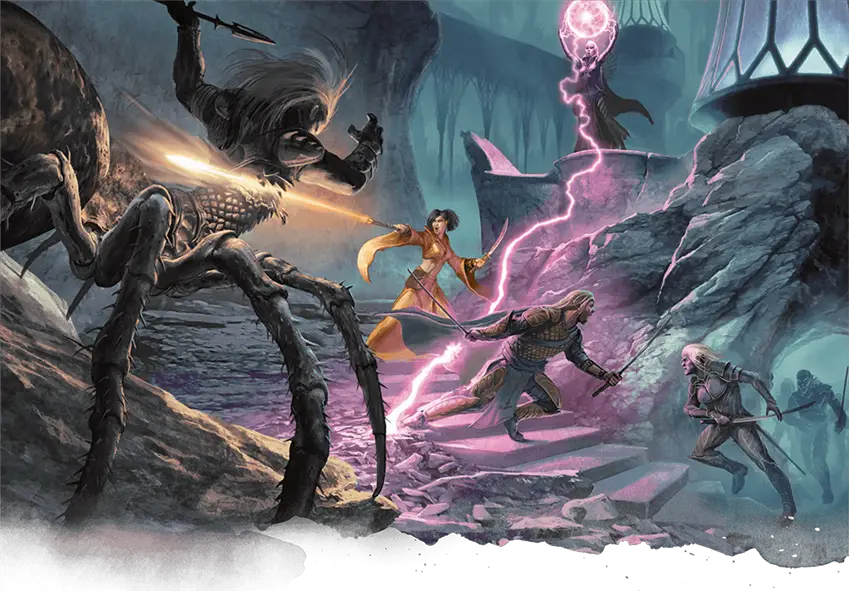
Unanswered Questions
Not every secret in your world will be, can be, or should be answered in your campaign.
Still, it’s totally expected that there will be some questions that players in your group are dying to know the answer to.
- “Why did that one NPC care so much about that lockbox we found?”
- “Where did the cult’s leader escape to?”
- “How was the necromancer able to keep getting bodies for their experiments without raising suspicion?”
In most cases, this is the perfect chance to answer those questions that your players haven’t been able to get answered.
However, you don’t necessarily have to answer every question. If something from the previous campaign might impact this new one, letting the players know that that might be a surprise for this upcoming campaign can be all the answer they need to get excited!
What About the “What Ifs”
Of course, there’s also always that burning question about the road not traveled.
One of the biggest draws (for me at least) to D&D is that choices have consequences. By choosing to go right, you will never know what would have happened if you had gone left.
This is that chance for players to learn what the other side of some of their key decisions could have been.
- “What would have happened if we decided to spare the evil wizard we had captured? Were they serious about turning over a new leaf or would they have come back for revenge?”
- “Would *favorite NPC* have survived if we hadn’t gotten to them when we did?”
- “What if we had given the sacred magical item to the Dragon cult instead of the Temple of the Lathander?”
Not only is there a certain fun to knowing what “could have been,” but it also reinforces to the group just how much sway their choices have on the story.
Begin Teasing the Next Campaign
When the Aftercare session starts to wind down with the players’ questions answered and their characters’ epilogues told, you can start building anticipation for the next game.
It’s perfectly reasonable to expect that the Aftercare session can naturally turn into a Session Zero for the upcoming game. Because of that, I’d still say to bring some materials for taking notes on what kind of game your players are looking to have.
With the previous characters’ story having been brought to a close (at least for now), your group is likely already starting to get ideas for how they want their next character to be.
Tease some details about the upcoming campaign to get them on track for the type of campaign that you’re all gearing up for!
You might even try the approach I talked about in my Using Design Thinking in Session Zero article! (It’s seriously been a game-changer for my games!)
Conclusion – Cool Down Sessions and Campaign Aftercare
My personal games tend to be very RP-heavy which has made Campaign Aftercare an absolutely vital tool to how our groups operate.
It helps us clear our heads to embrace new characters while also celebrating the heroics of our previous characters, remembering those heroes who might have died on the adventure, and reliving our game’s most epic encounters.
For a group that does include some light roleplay, I would still recommend giving Campaign Aftercare a shot. It can be great for answering questions while encouraging more roleplaying in the future if your group is expressing interest in getting more into character but is struggling to do so.

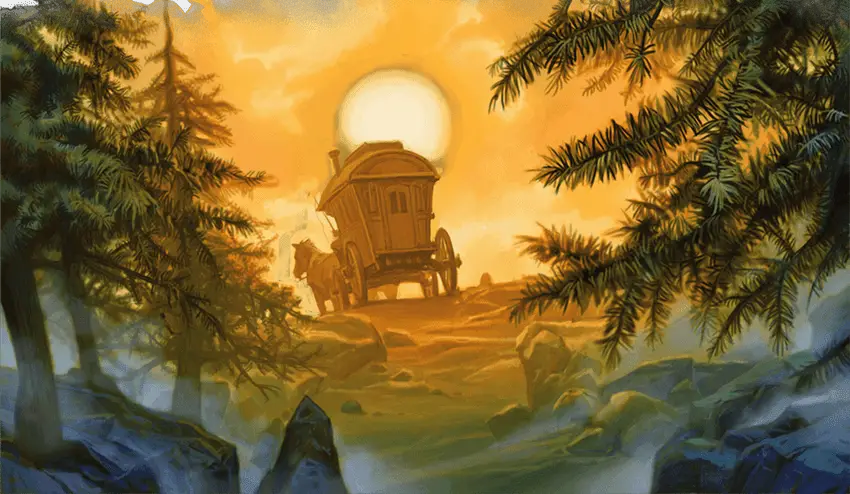


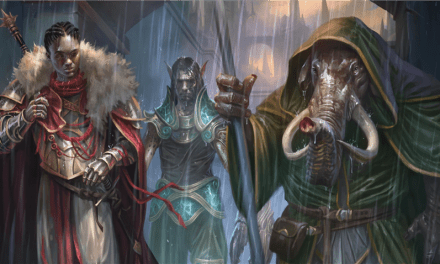
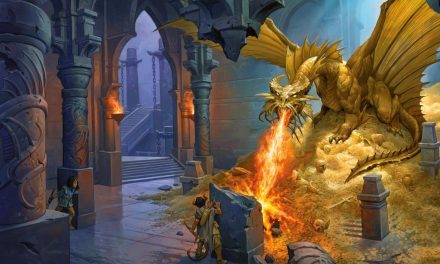
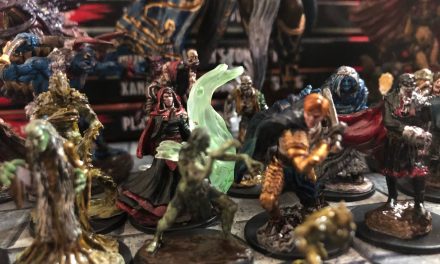



This is actually a really cool insight on how campaigns are ended neatly. Honestly, I never even considered this was a thing. Probably because I don’t play D&D. 😛
Regardless of that, I still enjoy that idea of looking behind-the-scenes of the campaign in general. It’s a useful storytelling mechanism in any context, to understand how the world would have changed if events had different outcomes based on the choices of the people involved. Also makes me reevaluate just how much work DMs have to put into those campaigns in order to make sure they run smoothly.
Hi Arp!
Thank you!
In my own groups, this actually started as an impulsive approach that one of my groups decided to do after finishing Curse of Strahd. So we made a party out of it!
Everyone dressed as their characters, I dressed as Strahd, and we had a full spread of snacks as we got to relive the campaign all the way up to its end.
It’s especially fun (and useful!) to see which moments from the campaign really stayed with each player. That gives the DM ideas for which kind of plot hooks each individual player goes for the most so that they can further tailor the next adventure to that group specifically.
Plus, it’s just a fun way to celebrate a successful campaign and work as a kind of “palate cleanser” for the next adventure to start fresh!
In the years since, I’ve come to view these aftercare sessions with the same level of importance as a Session Zero!